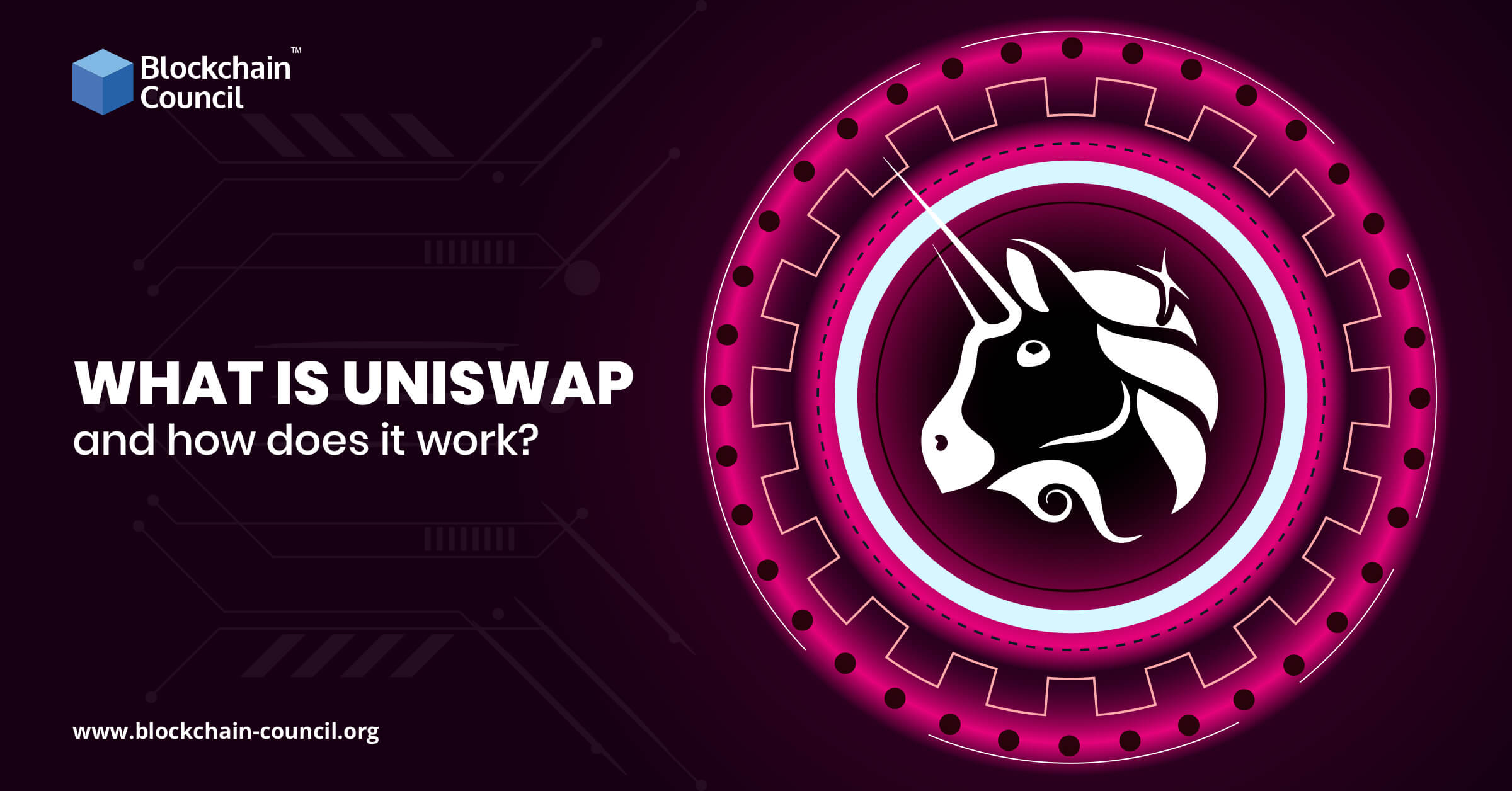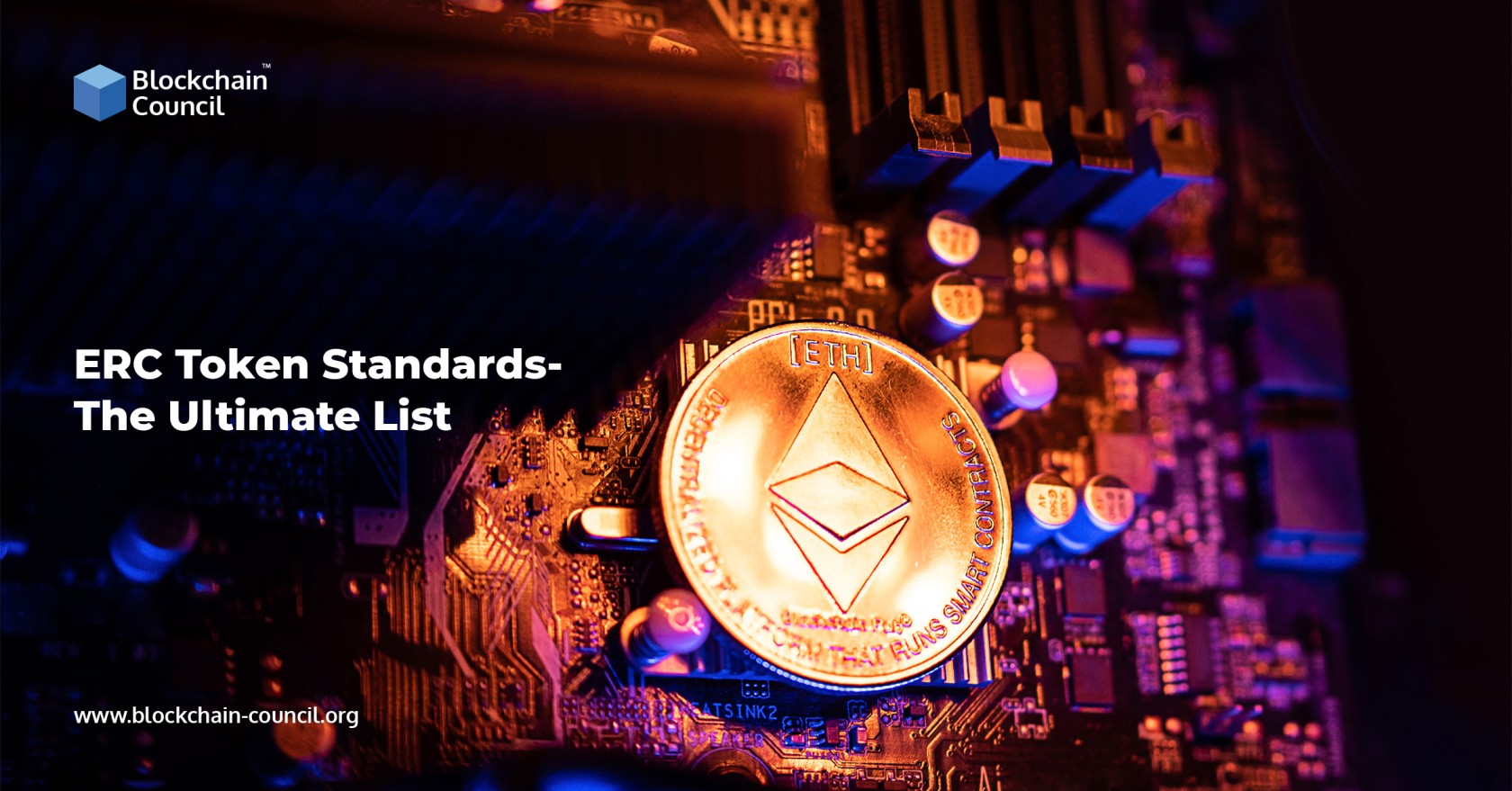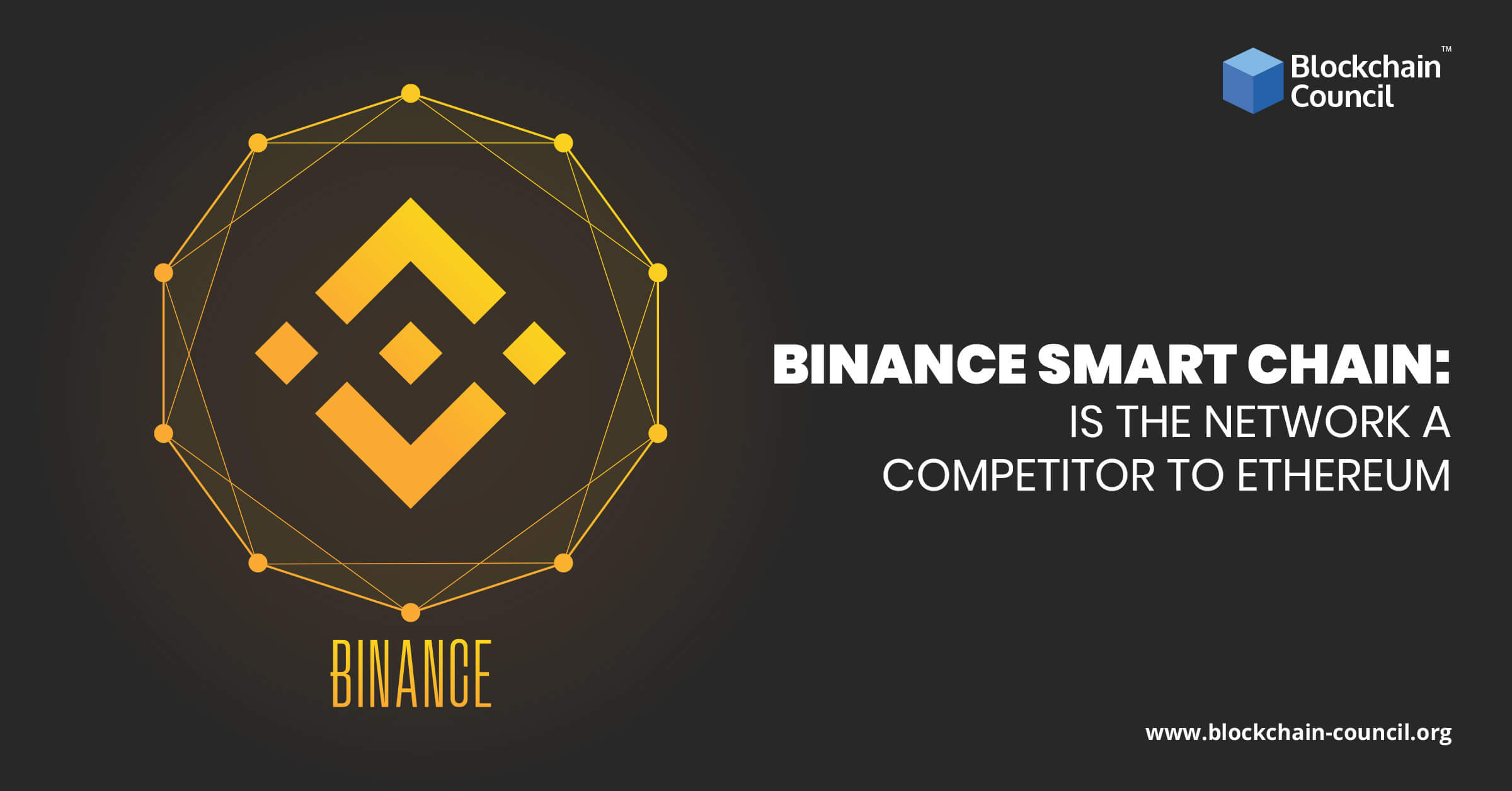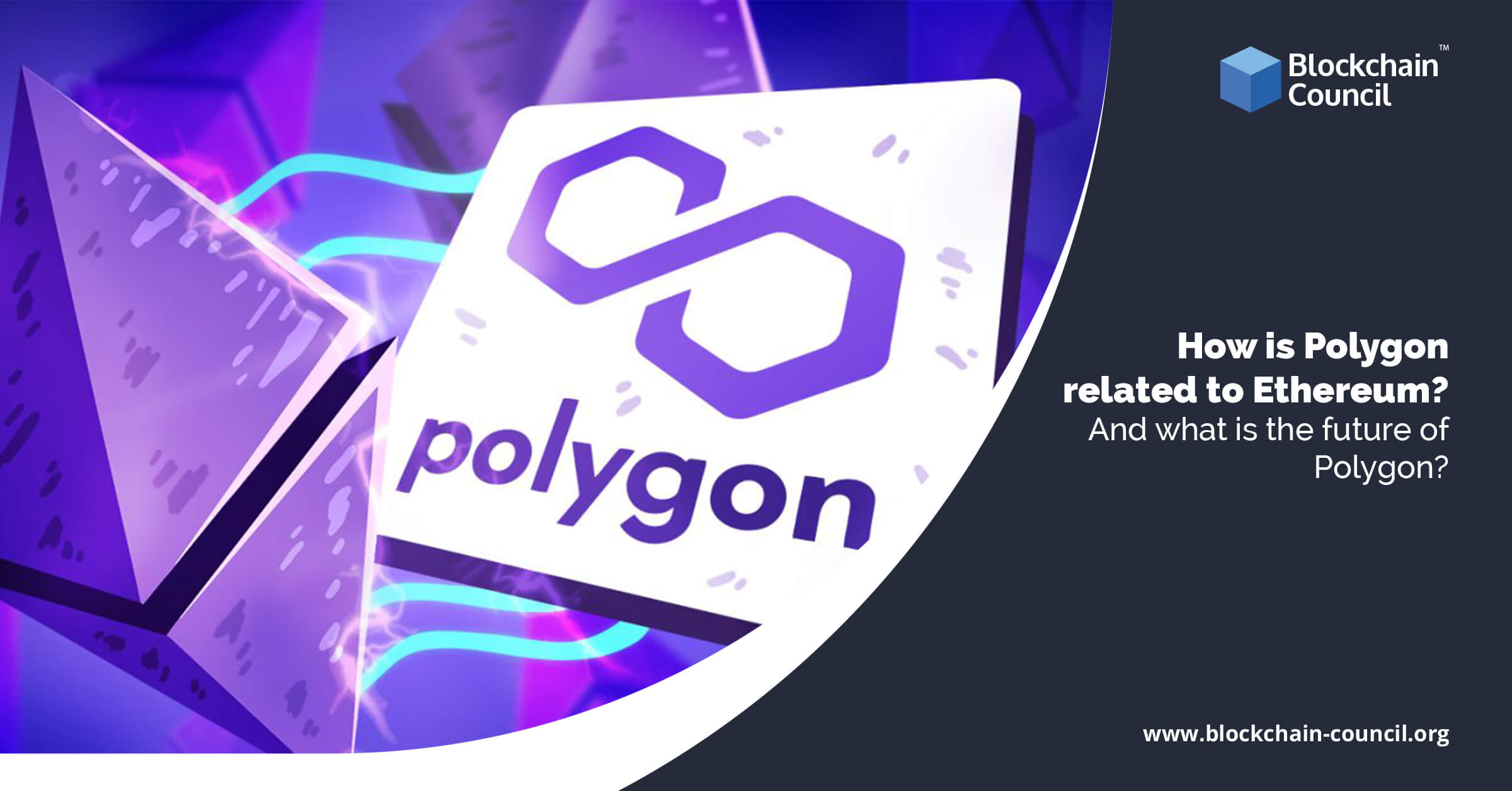
- Pradeep Aswal
- May 23, 2024
Summary:
- Uniswap is a decentralized exchange (DEX) platform on the Ethereum Blockchain that allows users to trade ERC20 tokens without intermediaries or platform fees.
- Uniswap utilizes automated market-making algorithms and liquidity pools to facilitate token trading, eliminating the need for traditional order books and matching buyers and sellers.
- The platform's unique features include automated market making (AMM), liquidity pools, and a token swapping mechanism that simplifies the trading process.
- Uniswap's AMM model offers advantages such as immediate liquidity, inclusivity for listing any ERC20 token, and reduced risk of order slippage.
- Liquidity pools enable users to contribute liquidity and earn rewards, with fees generated from trading activities distributed proportionally among liquidity providers.
- Uniswap's peer-to-peer token trading mechanism empowers users, eliminates reliance on centralized intermediaries, and enables fast transactions.
- Smart contracts implemented on the Ethereum Blockchain ensure trustless transactions and enhance security on the Uniswap platform.
- Uniswap has revolutionized decentralized finance (DeFi) through automated market making, permissionless listing, decentralized governance, and increased accessibility and liquidity for DeFi projects.
- The UNI token is the governance token of Uniswap and offers holders benefits such as voting rights, participation in protocol upgrades, and earning rewards through liquidity provision, staking, and farming opportunities.
- Uniswap provides trading and investment opportunities, expands investment horizons, and democratizes access to digital assets within the Blockchain ecosystem.
Uniswap is a kind of decentralized exchange or, in short, DEX that is on the ascent. The Uniswap platform has been in existence since 2018, working on the Ethereum Blockchain. It is one of the biggest cryptocurrency programs in terms of market capitalization globally, making it viable with all ERC-20 tokens and frameworks, for example, wallet services like MyEtherWallet and MetaMask.
In addition to that, the Uniswap platform has been a go-to domain for crypto asset enthusiasts, especially people with high interests in decentralized finance (DeFi). The platform offers up-to-date technology and solutions within the DeFi framework.
In this article, we’ll discuss the core components that drive Uniswap’s functionality, including automated market-making algorithms, liquidity pools, and the UNI governance token. By the end of this article, you’ll not only comprehend the inner workings of Uniswap but also grasp its significance in transforming the financial landscape.
Before we move ahead with understanding Uniswap in detail, we want to notify you not to forget to look into defi certification and relevant information about cryptocurrency education at the end of this article.
What is Uniswap?
Uniswap is a program on the Ethereum Blockchain for trading ERC20 tokens. In contrast to most exchanges, which are intended to take trading charges, Uniswap works for public welfare. It is a tool for members to exchange tokens easily without paying any platform charges or dealing with negotiators.
Additionally, unlike most DEX platforms, which match purchasers and dealers to decide costs and execute exchanges, Uniswap utilizes an introductory numerical statement and supplies of ETH and tokens to do a similar task. To understand the concept better, you can apply for certification programs for Ethereum, learn cryptocurrency trading, and be updated with relevant news.
What makes Uniswap special?
Uniswap DEX platform is a prominent and rapidly spreading decentralized crypto exchange. Uniswap has always been user-centric. It continuously improves its services to streamline all the trading processes on its platform to run smoothly.
The platform is well known for creating 1 billion UNI tokens and distributing 150 million of those tokens to each member of its platform. Uniswap allowed each platform member to take advantage of this distribution regardless of their ex or current users. Reports say each member received 400 UNI tokens. The price for each UNI at the time was around 1k dollars.
Compare Uniswap and PancakeSwap: The main difference between PancakeSwap and Uniswap is that the former operates on Binance Smart Chain, which offers significantly lower transaction costs compared to any other platform; whereas in turn- an increased amount of Ethereum transactions will lead also to higher fees due to its operation within this Blockchain.
Uniswap’s Unique Features
Automated Market Making (AMM)
At the core of Uniswap’s functionality lies the concept of Automated Market Making (AMM). Unlike traditional order book exchanges, where buyers and sellers rely on placing orders to determine prices, Uniswap utilizes a formula-driven approach. This methodology is based on liquidity pools, which are smart contracts that enable users to trade tokens directly from these pools, eliminating the need for intermediaries.
Uniswap employs the constant product formula, where the product of the reserve amounts of two tokens in a liquidity pool remains constant even as trades occur. This ingenious mechanism automatically adjusts prices based on the dynamic relationship between supply and demand, ensuring continuous liquidity. This approach eliminates the complexity of matching buyers and sellers, significantly reducing the risk of order slippage.
Comparing Uniswap to traditional order book exchanges, the AMM model offers several advantages. It provides immediate liquidity, as users can trade against the pool without relying on counterparties. Additionally, Uniswap allows for the listing of any ERC-20 token, promoting inclusivity and fostering innovation within the DeFi ecosystem.
Liquidity Pools
Liquidity pools play a pivotal role in Uniswap’s architecture, enabling users to contribute liquidity and earn rewards. These pools consist of pairs of tokens deposited by liquidity providers, establishing a balanced reserve for trading.
Liquidity providers contribute to the pools by depositing an equal value of both tokens in a specific ratio. This process ensures the initial equilibrium and enables seamless token swapping. When users trade against a liquidity pool, they pay a small fee, which is proportionally distributed among liquidity providers based on their contribution. This incentivizes users to provide liquidity, as they earn passive income from the fees generated by trading activities.
Uniswap’s approach to liquidity pools offers several advantages. It provides deep liquidity for a wide range of tokens, including those with low trading volumes. Furthermore, the decentralized nature of liquidity provision eliminates the need for permission or approval, allowing anyone to become a liquidity provider and participate in the DeFi ecosystem.
Token Swapping Mechanism
Uniswap simplifies the token swapping process, making it user-friendly and efficient. Here’s a step-by-step breakdown of how token swapping occurs on Uniswap:
Users connect their cryptocurrency wallets to Uniswap and select the tokens they want to trade.
Uniswap automatically calculates the exchange rate based on the available liquidity in the respective pools.
Users input the desired amount of tokens they wish to swap and review the estimated transaction details, including the slippage tolerance.
Upon confirming the transaction, Uniswap interacts with the selected liquidity pool’s smart contract to execute the swap.
The swapped tokens are transferred to the user’s wallet, providing a seamless and trustless experience without relying on centralized intermediaries.
Uniswap’s peer-to-peer token trading mechanism eliminates the need for order matching, central limit order books, or order books at all. This approach empowers users, giving them control over their funds and enabling fast transactions, even during periods of high market activity.
Smart Contracts and Security
Uniswap leverages the power of smart contracts, implemented on the Ethereum Blockchain, to ensure trustless transactions and enhance security. Smart contracts are self-executing agreements with predefined rules that automatically enforce transactions without intermediaries.
By utilizing smart contracts, Uniswap eliminates the need for users to deposit funds into centralized exchanges, reducing the risk of hacks or custodial mishaps. Users maintain full control over their assets, and transactions occur based on the predetermined rules within the smart contracts.
Uniswap prioritizes security by subjecting its protocol to rigorous audits and implementing various measures to mitigate risks. These measures include code reviews, bug bounties, and a community-driven approach to governance, ensuring continuous improvement and addressing potential vulnerabilities.
Uniswap’s Impact on DeFi
Uniswap’s ingenious design and implementation have introduced significant advancements to the realm of decentralized finance. Let’s explore some of the key ways Uniswap has revolutionized DeFi:
1. Automated Market Making
Uniswap pioneered the concept of automated market making (AMM), replacing traditional order books with liquidity pools. Through smart contracts, Uniswap allows users to trade digital assets directly from these pools, eliminating the need for intermediaries. This decentralized approach empowers individuals to participate in DeFi without relying on centralized exchanges, democratizing the trading experience.
2. Permissionless Listing
Unlike traditional exchanges that impose stringent listing requirements, Uniswap enables the permissionless listing of tokens. Any individual or project can create and list their tokens on Uniswap, thereby fostering innovation and inclusivity within the DeFi ecosystem. This accessibility has paved the way for countless projects to gain visibility and funding, fueling the growth of DeFi as a whole.
3. Decentralized Governance
Uniswap’s governance model empowers token holders to actively participate in decision-making processes. By holding UNI tokens, users can propose and vote on protocol upgrades, fee structures, and other crucial matters. This decentralized governance ensures that the Uniswap community has a say in shaping the platform’s future, promoting transparency and inclusivity.
Increased Accessibility and Liquidity for DeFi Projects
Uniswap’s impact on DeFi extends beyond its revolutionary design principles. Let’s explore how it has enhanced accessibility and liquidity for DeFi projects:
1. Eliminating Order Book Constraints:
Uniswap’s liquidity pools remove the limitations imposed by traditional order books. This means that DeFi projects listed on Uniswap have access to liquidity at all times, ensuring efficient and seamless trading experiences for users. Additionally, the absence of order book depth requirements enables even smaller projects to thrive, as liquidity is derived from the pooled resources of the entire Uniswap ecosystem.
2. Global Accessibility and 24/7 Trading:
Uniswap operates on the Ethereum Blockchain, ensuring global accessibility and uninterrupted trading. As long as users have an internet connection and an Ethereum wallet, they can engage in DeFi transactions on Uniswap at any time, breaking down geographical barriers and time zone constraints. This continuous availability enhances the vibrancy and liquidity of the DeFi market.
3. Improved Price Efficiency:
Uniswap’s constant product market maker (CPMM) algorithm ensures that prices of assets are automatically adjusted based on supply and demand dynamics. This mechanism, combined with the continuous trading enabled by liquidity pools, contributes to improved price efficiency. Traders can execute transactions swiftly and at fair market prices, minimizing slippage and enhancing overall trading experiences..
Become a Certified Blockchain Architect Today!
Exploring UNI: The Uniswap Governance Token
Introduction to UNI Token
At its core, the UNI token serves as the native governance token of the Uniswap protocol, which is a decentralized exchange (DEX) built on the Ethereum Blockchain. It plays a pivotal role in empowering users and ensuring the platform’s smooth operation. Let’s delve into the primary purposes and utilities of the UNI token:
Liquidity Provision Mechanism: By holding UNI tokens, users gain the ability to become liquidity providers in Uniswap’s automated market maker (AMM) model. Through the use of liquidity pools, which rely on smart contracts, users can deposit their assets, allowing traders to swap tokens seamlessly while earning a portion of the transaction fees.
Governance Framework: UNI tokens employ the power of decentralized governance, facilitating community-driven decision-making within the Uniswap protocol. Utilizing Ethereum-based smart contracts, token holders can submit and vote on proposals, enabling a decentralized and transparent governance structure.
Protocol Upgrades and Innovations: The UNI token plays a pivotal role in driving protocol development and improvements. Through a decentralized autonomous organization (DAO), funded by the UNI treasury, proposals for new features, optimizations, and enhancements can be submitted and voted upon. This incentivizes developers and community members to actively contribute to the growth and evolution of Uniswap.
Distribution and Governance Aspects of UNI:
Understanding the distribution and governance of UNI tokens unveils the decentralized nature and fairness of the Uniswap ecosystem. UNI tokens were initially distributed to users who had interacted with the Uniswap protocol before September 16, 2020. A total of 1 billion UNI tokens were created, of which 60% were distributed to users, 25% were allocated to the Uniswap team, and 15% were reserved for future community grants. Let’s explore it further:
Token Distribution: UNI tokens were initially distributed to users who had interacted with the Uniswap protocol, capturing its early adopters and participants. The distribution occurred through a mechanism known as “retroactive airdrop,” rewarding individuals based on their historical activity. Additionally, UNI tokens are allocated for ongoing community initiatives, partnerships, and ecosystem development.
Decentralized Governance Model: UNI tokens embody a decentralized governance model that empowers token holders to shape the future of Uniswap. Through on-chain voting using Ethereum smart contracts, token holders can propose, discuss, and vote on protocol upgrades, fee adjustments, and other governance matters. This ensures the collective decision-making power is distributed among the community, promoting transparency and inclusivity.
Community Engagement and Evolution: The Uniswap community actively fosters engagement and collaboration through forums, social media channels, and decentralized autonomous organizations (DAOs). These channels facilitate discussions, idea-sharing, and the formation of consensus on critical protocol decisions. This participatory approach ensures the continuous evolution and adaptability of Uniswap.
UNI Token Economics
Details of UNI Token Economics, including Supply and Incentives
At its core, UNI token is the governance token of the Uniswap protocol, one of the pioneering decentralized exchanges built on the Ethereum Blockchain. The total supply of UNI tokens is capped at 1 billion, with a distribution plan aimed at fostering community participation and decentralized decision-making.
The initial distribution of UNI tokens was a groundbreaking move, as it provided retroactive rewards to early Uniswap users. This approach not only rewarded early adopters but also helped to bootstrap the network effects and liquidity of the protocol.
In terms of incentives, UNI holders enjoy several benefits. First and foremost, they possess the power to influence the direction and development of the Uniswap protocol. Holding UNI tokens grants individuals voting rights on proposals, allowing them to voice their opinions on important governance matters.
Additionally, UNI holders have the opportunity to earn rewards through liquidity provision. By participating in liquidity pools on Uniswap, users can earn fees generated by the platform, which are distributed pro-rata among liquidity providers. This incentivizes UNI holders to actively contribute to the liquidity and growth of the Uniswap ecosystem.
Staking and Farming Opportunities for UNI Holders
UNI token holders have further avenues for maximizing their participation in the Uniswap ecosystem through staking and farming opportunities. Staking involves locking up UNI tokens to support the network and, in return, earning additional rewards.
Uniswap has introduced staking initiatives such as UNI-V2 and UNI-V3, which allow users to stake their UNI tokens alongside other assets in liquidity pools. By doing so, participants can earn additional token rewards and even boost their yield through the introduction of liquidity mining programs.
There are a number of Uniswap pools that offer liquidity mining rewards. To participate in liquidity mining, users must deposit two tokens into a pool. The two tokens must be equal in value. For example, a user could deposit ETH and USDC into a Uniswap pool. The user would then earn rewards for providing liquidity to the pool.
Moreover, Uniswap’s introduction of decentralized automated market makers (AMMs) has opened up farming opportunities for UNI holders. Users can participate in yield farming by supplying liquidity to designated pools and earning additional tokens as rewards. These rewards can include UNI tokens or tokens from other projects collaborating with Uniswap.
By engaging in staking and farming, UNI token holders can not only earn rewards but also contribute to the liquidity and stability of the Uniswap protocol. This symbiotic relationship benefits both the individual participants and the overall ecosystem.
Use Cases and Adoption of Uniswap
Trading and Investment Opportunities
Uniswap’s Diverse Trading Options:
Uniswap stands out by offering a decentralized and user-friendly platform that enables seamless peer-to-peer trading. Its unique automated market maker (AMM) model eliminates the need for traditional order books, allowing users to trade directly from their wallets. This approach grants Uniswap a distinct advantage in terms of accessibility and liquidity.
Expanding Investment Horizons:
For both retail and institutional traders, Uniswap opens up a world of investment possibilities. Its decentralized nature removes intermediaries and gatekeepers, providing a level playing field for participants. Users can explore a wide range of digital assets, including established cryptocurrencies and promising tokens from emerging projects. This democratization of investment opportunities has attracted a diverse community of traders seeking to capitalize on the potential of the Blockchain ecosystem.
Use Cases for Retail Traders:
Uniswap empowers retail traders by granting them access to an extensive selection of tokens. Whether it’s investing in established cryptocurrencies like Bitcoin or Ethereum, participating in initial token offerings (ITOs), or supporting emerging projects, Uniswap offers a gateway to a vibrant and ever-expanding market. Additionally, the platform’s user-friendly interface and intuitive trading experience make it an ideal choice for those new to the world of decentralized finance.
Institutional Traders Embrace Uniswap:
Institutional traders are also recognizing the value and potential of Uniswap. Its decentralized architecture and deep liquidity pools present attractive opportunities for institutional investors seeking exposure to the burgeoning DeFi space. Uniswap’s integration with institutional-grade custody solutions and compliance frameworks further solidifies its appeal, providing a secure and regulated environment for large-scale trading activities.
Uniswap in DeFi Projects
Uniswap Fuels DeFi Innovation:
Uniswap plays a pivotal role in the development and growth of decentralized finance projects. Its open-source protocol serves as the backbone for numerous DeFi applications, enabling seamless token swaps, liquidity provision, and yield farming. This integration empowers developers to build innovative solutions on top of Uniswap, fostering a thriving ecosystem of decentralized financial products and services.
Successful DeFi Projects Utilizing Uniswap:
Several prominent DeFi projects have embraced Uniswap, leveraging its robust infrastructure and liquidity pools. One such example is Compound, a leading lending and borrowing platform. By integrating with Uniswap, Compound allows users to seamlessly swap collateral assets, enhancing the flexibility and efficiency of their lending protocols. Another notable project is Aave, which utilizes Uniswap for instant and decentralized token swaps within its lending and borrowing ecosystem.
Here are 5 examples of successful DeFi projects that utilize Uniswap:
- Aave: Aave is a decentralized lending and borrowing protocol that allows users to earn interest on their tokens or borrow tokens against collateral. Aave uses Uniswap to provide liquidity for its lending and borrowing markets.
- Compound: Compound is another decentralized lending and borrowing protocol that offers similar features to Aave. Compound also uses Uniswap to provide liquidity for its lending and borrowing markets.
- MakerDAO: MakerDAO is a decentralized stablecoin protocol that uses Uniswap to maintain the price of its stablecoin, DAI. MakerDAO uses Uniswap to exchange DAI for other tokens, which helps to keep the price of DAI stable.
- Synthetix: Synthetix is a decentralized derivatives protocol that allows users to create synthetic assets that track the price of real-world assets. Synthetix uses Uniswap to provide liquidity for its synthetic assets.
- Uniswap V3: Uniswap V3 is the latest version of Uniswap, which introduces a number of new features, including concentrated liquidity and fees. Uniswap V3 is already being used by a number of DeFi projects, and it is likely to become even more popular in the future.
Advantages of Uniswap platform
- AMM procedures are permissionless, which implies there are no requirements to fulfill KYC criteria. You don’t need to log in and expose your identity. There is no focal authority to hinder clients and hold onto their assets. Plus, there are no cyber attackers to steal your cash from the trade.
- Uniswap is also totally open source, implying that anybody can reproduce the code to make their decentralized trades.
- Whether you need to be a merchant or an LP on Uniswap, the only thing you need to maintain is an upheld Ethereum wallet. This can be a universal Metamask and a wallet address.
- The procedure to link a wallet to Uniswap is very simple and easy. You need to use these two options only: Launch the app and connect to the wallet. With uniswap, you get to have full guardianship of your assets.
- Uniswap is likewise tremendously valuable to startup Blockchain ventures that need to promptly deliver their tokens to the market and consider a more extensive potential customer base.
- With Uniswap, there is no need to pay for token or coin listing tax. Users receive the convenience of eliminating difficult verification processes before listing a coin or token for exchanging. So it merits its popularity.
Challenges and Future Development
Addressing the challenges and limitations faced by Uniswap
Uniswap’s meteoric rise hasn’t been without hurdles. Let’s take a closer look at some of the key challenges it has encountered and how the team is actively addressing them.
- Liquidity Challenges: Uniswap’s automated market maker (AMM) model relies heavily on liquidity providers. However, attracting and maintaining a robust liquidity pool has been an ongoing challenge. To combat this, Uniswap has implemented various strategies, including incentives such as liquidity mining, to encourage users to provide liquidity and ensure the availability of assets for trading.
- Impermanent Loss: Impermanent loss is an inherent risk for liquidity providers in AMMs. Uniswap acknowledges this concern and has explored innovative solutions, such as launching Uniswap V3, which introduces concentrated liquidity, allowing providers to target specific price ranges and mitigate potential losses.
- User Experience and Accessibility: While Uniswap’s core functionality has been lauded, its user experience (UX) has been criticized for being complex and intimidating for newcomers. To address this, the team has been actively working on improving the UX, with initiatives like Uniswap V3 interface upgrades and integrations with popular wallets, making the platform more user-friendly and accessible to a broader audience.
Plans for scalability, gas fees, and regulatory compliance
Scalability
Uniswap is currently limited by the scalability of the Ethereum network. As the network becomes more congested, transaction fees (gas fees) increase. This can make it prohibitively expensive for users to trade on Uniswap.
Uniswap is working on a number of solutions to address this issue, including:
- Optimistic rollups: Optimistic rollups are a Layer 2 scaling solution that allows for faster and cheaper transactions. Uniswap has partnered with Optimism to launch a Layer 2 version of its exchange.
- Polygon: Polygon is a Layer 2 scaling solution that uses sidechains to improve scalability. Uniswap has integrated with Polygon, allowing users to trade on Uniswap at a fraction of the cost of using the Ethereum mainnet.
Gas fees
Gas fees are the fees that users pay to miners to process their transactions on the Ethereum network. Gas fees are variable and can be quite high, especially during periods of high network congestion.
Uniswap is working to reduce gas fees by:
- Incentivizing miners to prioritize Uniswap transactions: Uniswap is working to incentivize miners to prioritize Uniswap transactions by offering them a share of the trading fees.
- Using Layer 2 scaling solutions: As mentioned above, Uniswap is working on a number of Layer 2 scaling solutions that will allow for faster and cheaper transactions.
Regulatory compliance
Uniswap is working to comply with regulatory requirements in jurisdictions around the world. The platform has hired a number of compliance experts and is working with regulators to ensure that its platform is compliant with applicable laws and regulations.
Uniswap is committed to providing a safe and secure platform for users to trade Ethereum and ERC-20 tokens. The platform is constantly working to improve its scalability, reduce gas fees, and comply with regulatory requirements.
Become a Certified Blockchain Architect Today!
Conclusion
In conclusion, Uniswap (UNI) stands as a groundbreaking decentralized exchange that has revolutionized the world of cryptocurrency trading. Its unique automated market-making mechanism and smart contract functionality have enabled users to trade assets swiftly and securely, without the need for intermediaries. By leveraging the power of Blockchain technology, Uniswap has created a truly decentralized ecosystem where users have full control over their funds and can participate in governance decisions. From its intuitive interface to its efficient liquidity provision, Uniswap has set a new standard for decentralized exchanges, catering to both newcomers and seasoned traders alike.
Frequently Asked Questions
- Uniswap is a decentralized exchange (DEX) operating on the Ethereum Blockchain.
- It allows users to trade ERC20 tokens without relying on intermediaries or paying platform fees.
- Uniswap utilizes an automated market-making algorithm and liquidity pools to determine token prices and execute trades.
- Uniswap operates on the concept of automated market making (AMM), where liquidity pools facilitate token trading.
- Liquidity providers deposit tokens into these pools, maintaining a balanced reserve for trading.
- The constant product formula ensures that the product of the reserve amounts remains constant even as trades occur, adjusting prices based on supply and demand.
- Users connect their wallets to Uniswap, select tokens to trade, and the exchange calculates the exchange rate based on available liquidity.
- Swapped tokens are transferred directly to the user’s wallet, without the need for order matching or centralized intermediaries.
- Uniswap offers immediate liquidity, as users trade against liquidity pools rather than relying on counterparties.
- It allows the listing of any ERC20 token, promoting inclusivity and innovation within the decentralized finance (DeFi) ecosystem.
- Liquidity providers earn passive income from trading fees, distributed proportionally based on their contribution.
- Uniswap operates on the Ethereum Blockchain, ensuring global accessibility and 24/7 trading.
- The platform prioritizes security through smart contracts, audits, and bug bounties.
- The UNI token is the native governance token of the Uniswap protocol.
UNI token holders can become liquidity providers and earn transaction fees. - It facilitates decentralized governance, allowing token holders to propose and vote on protocol upgrades and fee structures.
- UNI tokens were distributed to early users and are allocated for ongoing community initiatives and ecosystem development.
- Staking and farming opportunities allow UNI holders to maximize their participation and earn additional rewards.
- Uniswap pioneered automated market making, replacing traditional order books and enabling decentralized trading.
- It allows permissionless listing of tokens, fostering innovation and inclusivity within the DeFi ecosystem.
- Uniswap’s liquidity pools enhance accessibility and liquidity for DeFi projects, removing order book constraints and enabling 24/7 trading.
- The constant product market maker algorithm and liquidity pools contribute to improved price efficiency and reduced slippage.
- UNI token holders have a say in the platform’s governance, promoting transparency and community involvement.





































































 Guides
Guides News
News Blockchain
Blockchain Cryptocurrency
& Digital Assets
Cryptocurrency
& Digital Assets Web3
Web3 Metaverse & NFTs
Metaverse & NFTs
